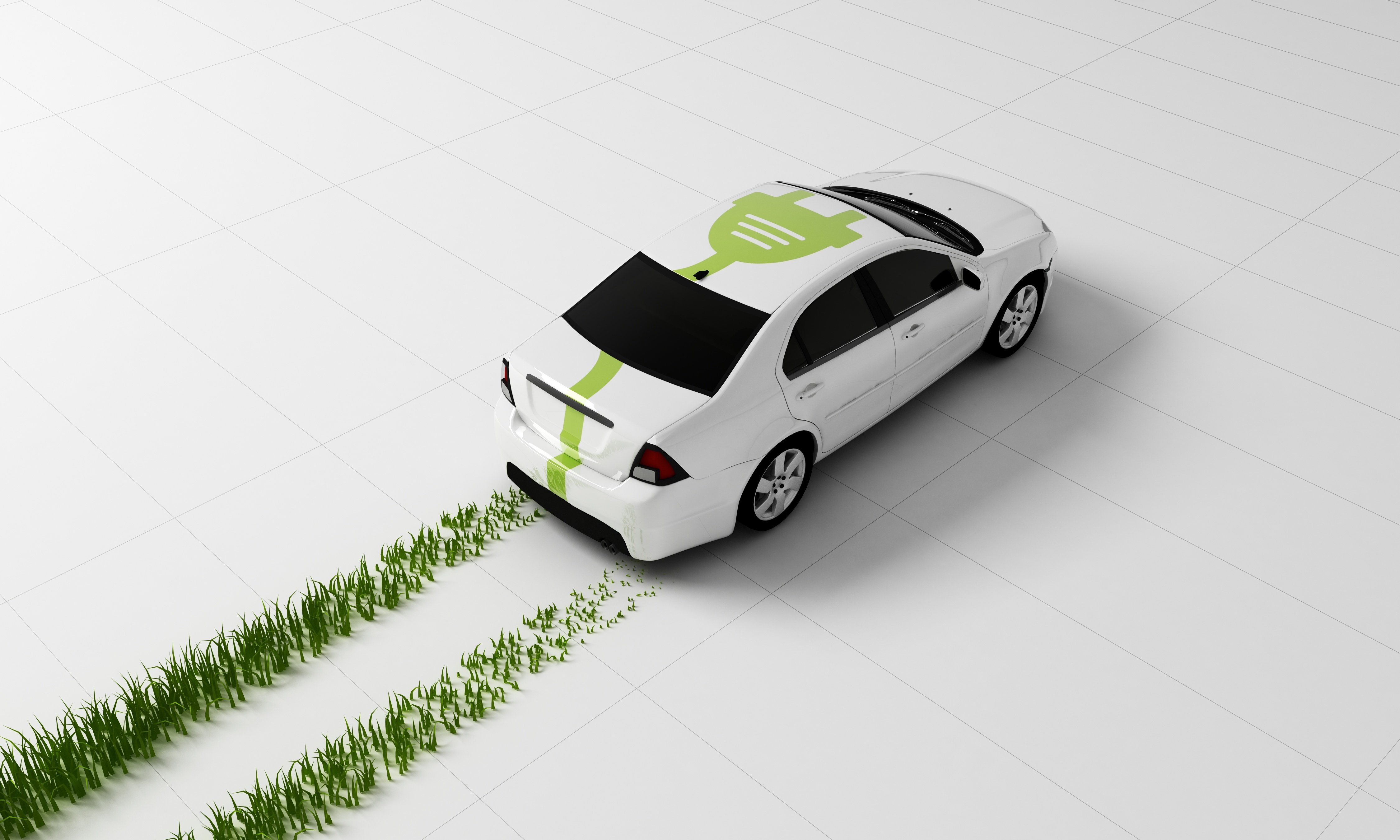"The future of the auto industry is electric. There's no turning back," President Biden said this week, making a case for investing in U.S. production of electric vehicles and the batteries that power them.
It is important to keep in mind that electric vehicles make their own carbon footprint (although on the front-end) from charging their battery. Until the sources through which our grid is powered are primarily clean or renewable, electric vehicles will continue to have a substantial carbon footprint- one that rivals hybrid and high MPG gas-powered vehicles.
To illustrate, with power transmission and charging losses of around 11%, it takes 112-kilowatt hours generated to charge the battery. According to the U.S. Energy Information Administration, every kilowatt generated creates .92 lbs of CO2. Based on those figures, the Model S charge creates 103 lbs of CO2, and it is rated to go 250 miles on a charge. One gallon of gasoline burned creates 20 lb of CO2, so a gas vehicle going 250 miles and getting 35mpg (like my 2008 Prius does) uses 7.14 gallons of gas and creates 143 lbs of CO2. A 2018 Prius XLE is rated at 50 mpg and uses 5 gallons of gas, creating only 100 lbs of CO2. In general, if a vehicle is getting less than optimal fuel mileage, it is polluting more and creating more CO2.

The current market share of the U.S. market for electric vehicles is 2.2%, while most everything else is gas or gas-electric hybrid. But, there are several things that you can do to reduce your emissions if you have a gas or gas-electric hybrid. Follow these steps to improve your gas mileage (which will help our planet and save you some money at the pump as summer gas prices rise):
- Tire pressure maintenance. Low tire pressure can drop fuel economy by over 3 mpg. The low-pressure monitor doesn't come on until the tire is around 25% low.
- Maintain the cooling system. If the engine temperature is too cool, it is not running as efficiently as it should.
- Fill ups. Don't top off the tank after the pump shuts off. The gas needs room to expand, and if it doesn't, it can cause vapor to enter the atmosphere, creating ozone.
- Don't haul extra weight. Get unnecessary things out and remove roof carriers when not in use.
- Change spark plugs and filters on time. Worn spark plugs can cause a misfire.
- Pay attention to the check engine light. Most things that cause that indicator to come on are an emission-related problem.
- Drive smoothly. Don't accelerate fast from a stoplight. You aren't going to beat that Tesla anyway.
- Follow your car maker's maintenance schedule. Most in-town driving and short trips are considered "severe conditions;" the severe maintenance schedule should be considered.
If you are unsure, you can give us a call- we will look up your history and see what, if anything, is due. We also will do a tire pressure check for you any time, just drop by!
For our customers who are in the minority of owning an electric or hybrid vehicle, keep an eye out for our June electric and hybrid service special.
Addison Auto, helping you take care of what you own since 1982.
- Jim Addison


